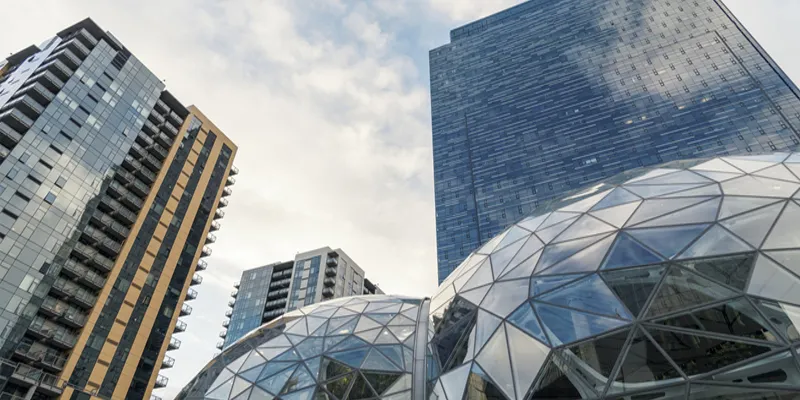Amazon announces ‘hundreds’ of corporate job cuts
The last few years have been good for Amazon. Valuation has steadily risen, the company’s portfolio of businesses has expanded into new and diversified territories, and Founder/CEO Jeff Bezos is poised to become the richest man in history. As the company’s fortunes have grown, so has the size of its employee base. In fact, the workforce at Amazon’s Seattle headquarters has ballooned from 5,000 in 2010 to more than 40,000 at the end of 2017. That’s an 800 percent increase in just seven years! But the glow of expansion may be coming to an end.

In a surprise move, Amazon confirmed on February 12 that it would be laying off hundreds of corporate workers at its Seattle headquarters, and several hundred around the globe, in a rare round of downsizing across its customer retail businesses. For a company that is the second-largest corporate employer in the United States, this number might not seem too significant. However, widespread job cuts of any size are rare at Amazon, a company with multiple global operations, and a reputation for effective allocation of resources.
An Amazon spokesman confirmed the news, saying, “As part of our annual planning process, we are making headcount adjustments across the company — small reductions in a couple of places and aggressive hiring in many others...For affected employees, we work to find roles in the areas where we are hiring.” People familiar with the cuts and the decision said that the laying off had already begun and would be completed over the next few weeks.
The announcement comes at a rather odd timing, as Amazon reported its most profitable quarter ever with a profit of $1.86 billion in the fourth quarter ended December 31. The company’s global workforce also numbered 566,000 in the same report, a 66 percent increase from the same time last year. It has even announced plans for a second headquarters, where it aims to hire up to 50,000 additional workers. So amidst all this growth, why exactly is Amazon laying off people?
Well, the answer seems to be in Amazon’s growth itself. According to employees familiar with the situation, the rapid increase in profits and hiring has left some Amazon teams overbudget and bloated. The company had implemented hiring freezes across several verticals in recent months, especially for its Seattle headquarters. It would appear that after the frantic growth of recent years, Amazon is now looking to curb spending and enforce financial discipline by cutting down on redundant roles.
It is unclear how the move will impact operations in Amazon India. The company has seen rapid growth in the Indian market since entering it in June 2013, backed by a strong countrywide logistics operation and the rising popularity of Amazon Prime, the company’s subscription service that offers customers improved delivery options as well as music and video streaming options.
Given the size and scale of Amazon and Jeff Bezos’s plans for the future, the current round of layoffs is likely to be little more than a small blip on the path of the company’s continued growth. But it signifies that even companies as large as Amazon can’t afford to let their resources and expenses get out of hand, a lesson startups from India and around the world would do well to remember.







